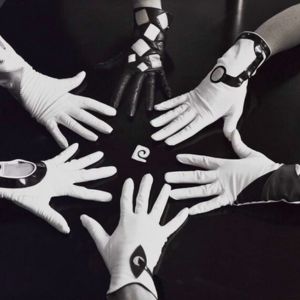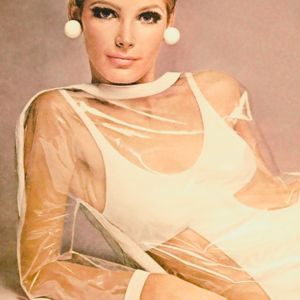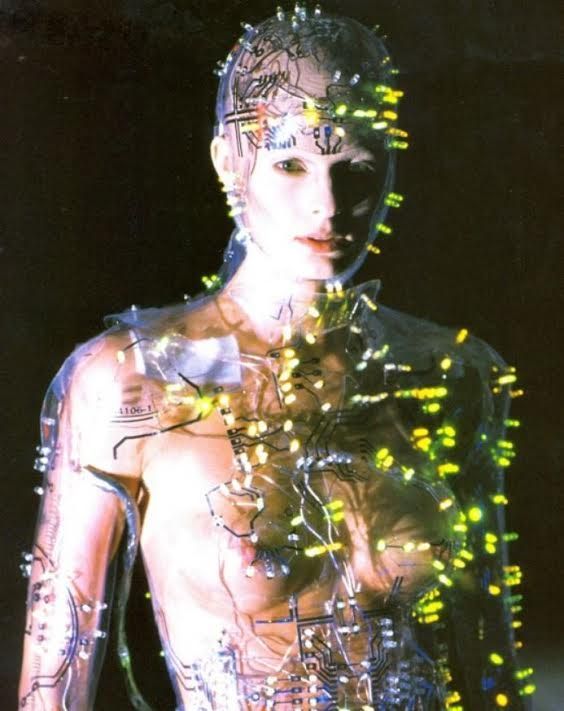5. E-textiles¶
Research¶
Learning electronics can be an exciting and a rewarding experience but it's a process that requires patience, persistence and dedication. With the right mindset and resources, I became proficient in electronics and start building my own project. Took me a while!
Learning Electricity de Lia Von F.
mission
the assignment is to create sensors:
-
a digital sensor: on/off switch.
-
an analog sensor: for example a pressure sensor.
-
connect them to an Arduino board to manipulate the values.
-
integrate one of our sensors into a swatch using hard/soft connections.
e-textiles resources
electronics resources
References & Inspiration¶
In the creative process of this assignment I got inspiration from the 60’s Space Age and materials. This decade will always be known as the rebellious period in which people found their “voice” globally and weren’t afraid to use it to express their uniqueness, displeasure, or general need to go against the status quo. So went the fashion trends as women burned their bras in protest of oppressive attitudes towards women, and hiked up their hemlines to celebrate their new found freedom.
My project is to make a fingerless glove with an LED. I've chosen two materials to work with: vinyl/PVC and faux fur.
Vinyl, came into high fashion during the 60's. This fabric not only gave a new surface appeal to designs, but lent a modern structural look, new vision of architectural shapes rather than fluid draped lines - modern clean-lined geometric shapes. Garments were cut to suggest simple geometric forms, boxy with hard edges, angular straight lines, or circular in shape.
Did you know that during the first decades of its existence, vinyl clothing was used only for rainwear?
- Art References





- Fashion Tech Inspiration
about my images..
-
Two Capsule Line Feathered Helmets, 1960s by John French
-
Gloves, 1960s by Pierre Cardin
-
Vinyl dress from the 60s
-
Fingerless clear vinyl gloves
-
Alexander McQueen for Givenchy Fall-Winter, 1999
Tools¶
- Clear Vinyl fabric/Transparent PU
- Velcro straps
- LEDs
- Scissor
- Gloves cutting pattern
- Conductive thread
Process and workflow¶
My sketches are ...

This schematic 1 was obtained by..
This tutorial 2 was created using..
footnote fabrication files
Fabrication files are a necessary element for evaluation. You can add the fabrication files at the bottom of the page and simply link them as a footnote. This was your work stays organised and files will be all together at the bottom of the page. Footnotes are created using [ ^ 1 ] (without spaces, and referenced as you see at the last chapter of this page) You can reference the fabrication files to multiple places on your page as you see for footnote nr. 2 also present in the Gallery.
Code Example¶
Use the three backticks to separate code.
// the setup function runs once when you press reset or power the board
void setup() {
// initialize digital pin LED_BUILTIN as an output.
pinMode(LED_BUILTIN, OUTPUT);
}
// the loop function runs over and over again forever
void loop() {
digitalWrite(LED_BUILTIN, HIGH); // turn the LED on (HIGH is the voltage level)
delay(1000); // wait for a second
digitalWrite(LED_BUILTIN, LOW); // turn the LED off by making the voltage LOW
delay(1000); // wait for a second
}
Results¶

Video¶
From Vimeo¶
Sound Waves from George Gally (Radarboy) on Vimeo.